As Hybrid Work Expands, Coworking Is No Longer the Exception
The sector is blossoming, and so are the possibilities.
With office facing a reckoning and traditional methods of in-person working disrupted, coworking is catching a second wind. Once the domain of a few startups, the subsector is seeing the entrance of seasoned real estate companies alongside ambitious new firms.
While the pandemic accelerated the trend, it was not born of it. Within the established office sector, some aspects of coworking have been around since at least the 1980s, noted Annie Draper, director of operations and corporate relations at Hines.
“Historically speaking, it was intended to provide an alternative to a conventional lease, so companies who had smaller space requirements or didn’t want to sign long-term leases or didn’t have the capital to invest in this space were able to quickly move into coworking spaces or executive suites,” Draper added.
By the early 2000s, third-party operators began to offer coworking options with a heightened focus on design, employee experience and service elements, as traditional landlords began offering more amenity spaces to attract and keep tenants.
Promise of agility lures workers, companies
Hines broke into the space with its own flex offering after noticing many of its larger tenants “started wanting more and different types of office products outside of a conventional or traditional leasing structure,” observed Draper, who specializes in flexible office spaces and oversees the firm’s coworking platform, The Square.
The company began building out its first flex locations in 2018, with the initial locations delivering in early 2020, just as lockdowns were beginning in most of the world. Three years later, however, few companies have their workforce in the office fulltime, while coworking has taken off.
“We’re seeing lots of companies, from small businesses to enterprises, add flexible workspaces to their portfolio because it enables them to approach their real estate decisions with agility,” added Melinda Holland, president & COO of the Americas at WeWork.
“There has never been a stronger moment for flexible office space because there’s been a dramatic shift in the commercial office industry toward flexibility,” added Holland. “Today, we’re hearing that companies of all sizes don’t want to commit to 10- or 15-year lease agreements. Instead, they’re looking for shorter term leases for space that’s ready to go.”
“Just as we saw the retail industry disrupted by e-commerce, there’s this seismic behavioral shift that’s transforming the office landscape,” said Sarah Travers, CEO of Boston-based Workbar.
“Instead of a singular product that’s a conventional lease structure, we’re thinking about different leasing structures that exist for different types of companies and different ways to use office space,” said Draper. “We have to have different products with different time periods associated with them in different services.”
The demand for more coworking that has been helped along by the post-COVID-19 switch to remote work coexists with the uncertainty of how many people will choose to work from an office of any kind and when. Prior to the pandemic, the Monday through Friday schedule was the norm.
“It was basically a given that that’s how people were using office space,” Draper recalled. “We had a singular product, before we started to build our flex offering, that accommodated a five-day workweek.” This enabled companies to predict how much space they would need in the future.
“They knew their headcount today, they knew what their growth was anticipated to look like over the next ‘X’ number of years, and they could build out office space associated with that,” Draper added. “But now, today, companies function in much different ways. Some are demanding that people come back to the office, and some are fully remote. And then there’s a variation in between that is all over the spectrum of flexibility and hybrid environments.”
The economics of office space
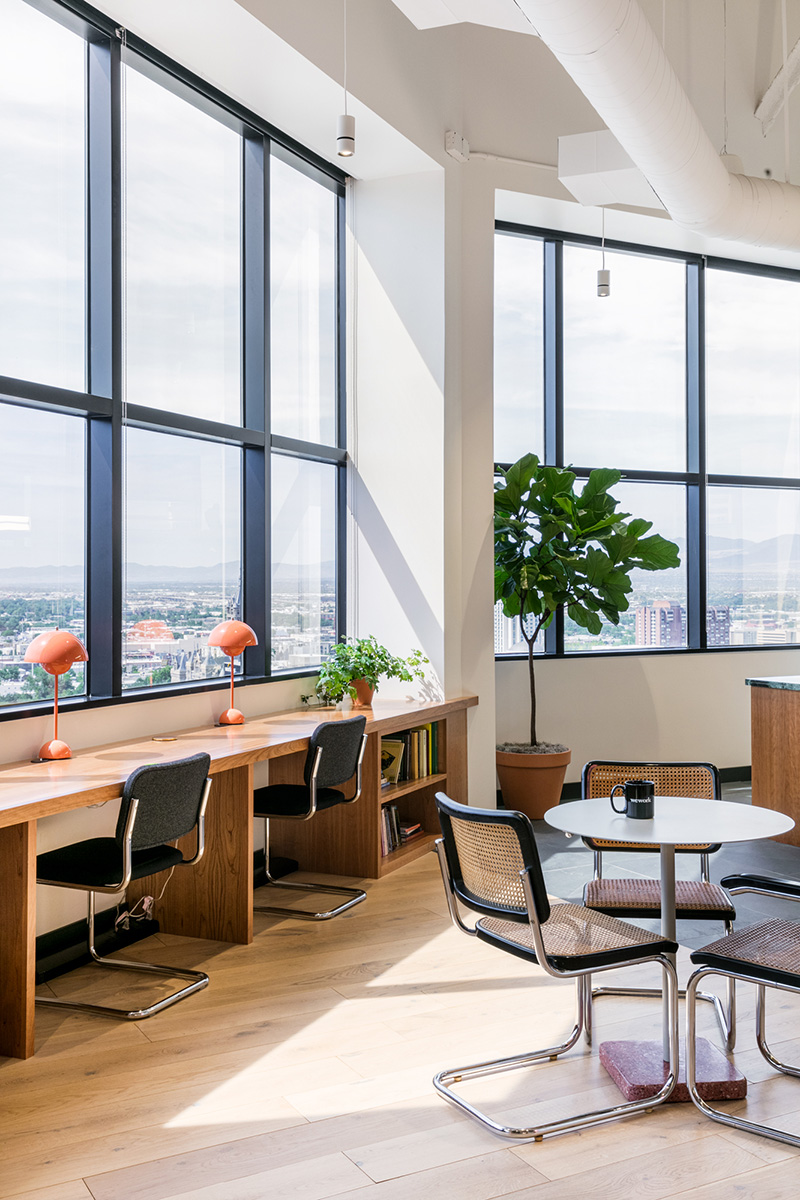
Founded in 2008, WeWork quickly became synonymous with the nascent coworking sector. Image courtesy of WeWork
Leasing office space far more than what is regularly used has a financial impact on a company’s bottom line as well as an environmental impact, according to Travers, who noted that a tenant at Workbar’s soon-to-open, 23,000-square-foot property in Quincy, Mass., offers an example of companies leaving behind traditional office space.
“We just had a company come in who was taking a couple of our suites for 20 employees, and then they’re giving access to an additional 20 employees to our entire network,” said Travers. “So only 20 employees are going to be coming into our space at a given time.” That company will be downsizing from 13,000 square feet.
“Under-utilization is bad for everybody,” Travers concluded. “Think about operating a space built for 40 people, 13,000 square feet, which is too much space for 40 people to begin with. You have a couple of people coming in and out of that space, but the space is running as if it were full all the time. It’s such an inefficient way to not only manage human capital, but to manage the impact you have on the planet.”
A modern focus on amenities and employees
Many companies and workers are aiming for a balance between working from home and the traditional office, according to Holland, who cited WeWork member surveys and feedback that show “when they’ve tried other places, they’re just not getting as much work done. Coffee shops aren’t designed to support a full day’s work and not everyone has the right space or business tools to work from home.” Supporting productivity is essential, she noted.
“Because 50 percent of our physical layout is open space, our coworking space is actually built for productivity and we have different ‘neighborhoods,’” added Workbar’s Travers. “We have a cafe neighborhood that’s similar to working out of a Starbucks, we do have a study neighborhood that’s similar to working out of a library, we have a commons neighborhood that is geared toward team collaboration and then we have a switchboard area that’s geared toward phone calls.” Of all those, the cafe option is the most popular, with most clients opting for a more social experience.
“I think a lot about the loneliness epidemic out in the world, and lonely workers are less efficient, they’re less productive and they’re more likely to quit,” Travers pondered. “You need to get your people together. That does not mean you need to rent 25,000 square feet in the heart of the city. That means you need to provide outlets for your employees to come together.”
“People realize that being in-person adds tremendous value that can’t be replicated when they’re remote, and when they need workspace to facilitate collaboration and connection they’re turning to flex,” said Holland.
The amenities associated with coworking spaces and startup culture of a decade past are not necessarily what will draw companies and employees in 2023. “Those outlets don’t need to have beer on tap and ping pong tables, they need to be spaces where your workers can come together and be productive, be social and find inspiration,” said Travers.
“We can’t just build an amenity space and then expect it to kind of run itself,” said Draper. “We have to build something and have a full team that is there to support the management of the space and how are our clients interact with that space.”
Something as simple as ensuring that employees in a coworking space understand the amenities which they have access to makes a difference in a client’s experience, added Draper, who suggested that methods like inventory management that are commonplace in the hospitality sector can be useful in flex offices.
“There are no two coworking operators that run the same product, so I would highly encourage decision-makers not to put all coworking operators under one umbrella,” said Travers. “You really have to go out and pick the ones that you think are right for your company, because it’s really an extension of your own brand.”
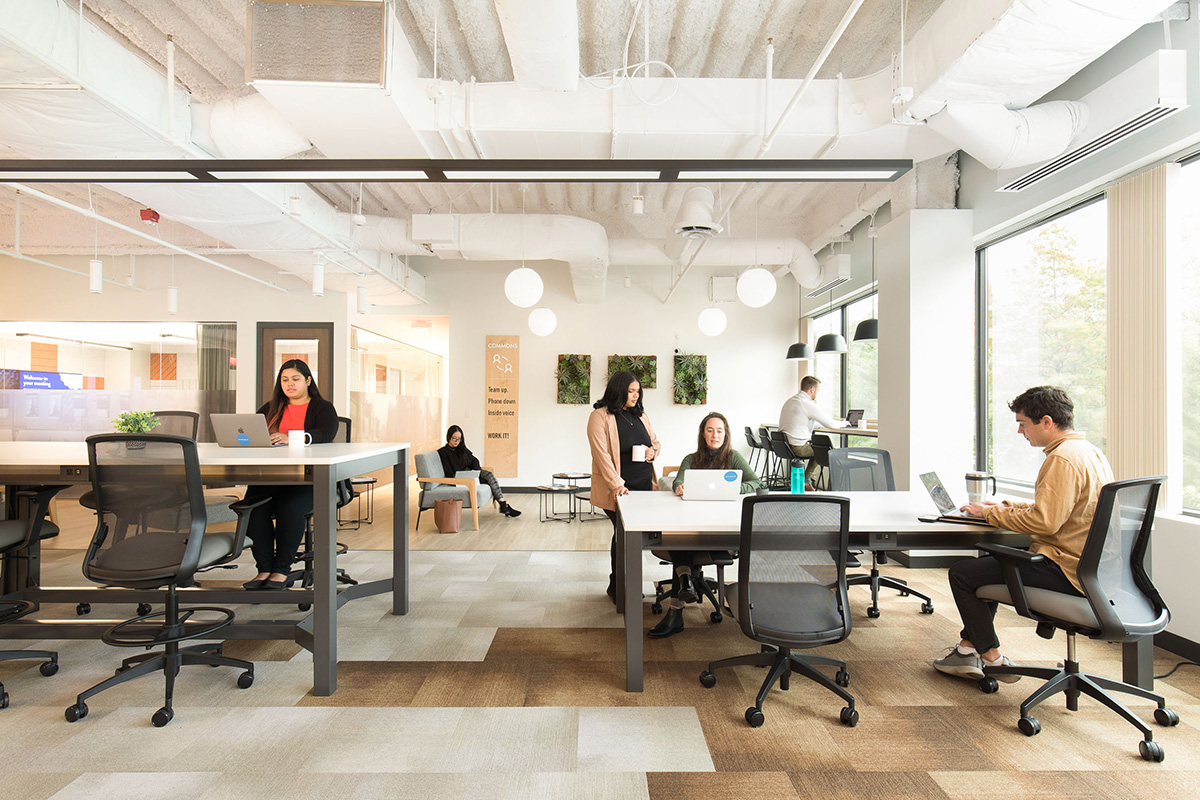
Workbar has several locations in the Boston area, including in Woburn, Mass. Collaborative spaces are key to the design of the company’s coworking properties. Image courtesy of Workbar
Is flexibility a plus in a downturn? In the long-term?
The impact from remote work, expiring leases, maturing loans, companies shrinking their footprints and the emergence of a new generation averse to working full-time from an office represents a perfect storm, said Travers.
“I think coworking is going to be the bright side in this, because offices and companies need to figure out a way to get their people back together.”
Troubling signs in the greater office market, most glaringly the looming threat of mass defaults and the high cost of capital, are top of mind for everyone in the industry. However, Holland observed that potential instability means adaptability will be key.
“Uncertainty is when flexibility is needed the most,” said Holland. “This is why flexible office space has grown so much and why investors are continuing to embrace it as the future of the commercial office industry.”
Holland, who finds the wave of newcomers heartening, welcomes the new class of corporate competitors. “The growth in flexible space providers and coworking operators in recent years reinforces the industry shift from traditional to flexible workspace that we’ve been seeing for quite some time. As a leader in this space, we’re encouraged that more and more people are seeing the value of flex.“
For her part, Travers is excited to be part of the competitive space. “I like competition because I think it makes everybody turn out a better product,” she said. “I love it when a competitor comes close to a Workbar location.”
Workbar itself is planning its expansion beyond metro Boston. “We’re certainly on the cusp of expansion and I think you’ll see a lot of the good operators out there on the cusp of it as well,” said Travers. “I think there’s plenty of room and I think that you’ll see a lot of consolidation within the industry. But I think that there are a lot of really good players out there that are going to start growing their footprint.”
According to a 2022 CBRE survey of U.S. real estate executives with office portfolios, 59 percent expected their office portfolio to include a sizeable to very sizeable amount of flexible office space in the future.
“We are not even at the bottom of the first inning of where this is going to go over the next five to 10 years,” said Travers. “I think that we’re just at the tip of the iceberg.”

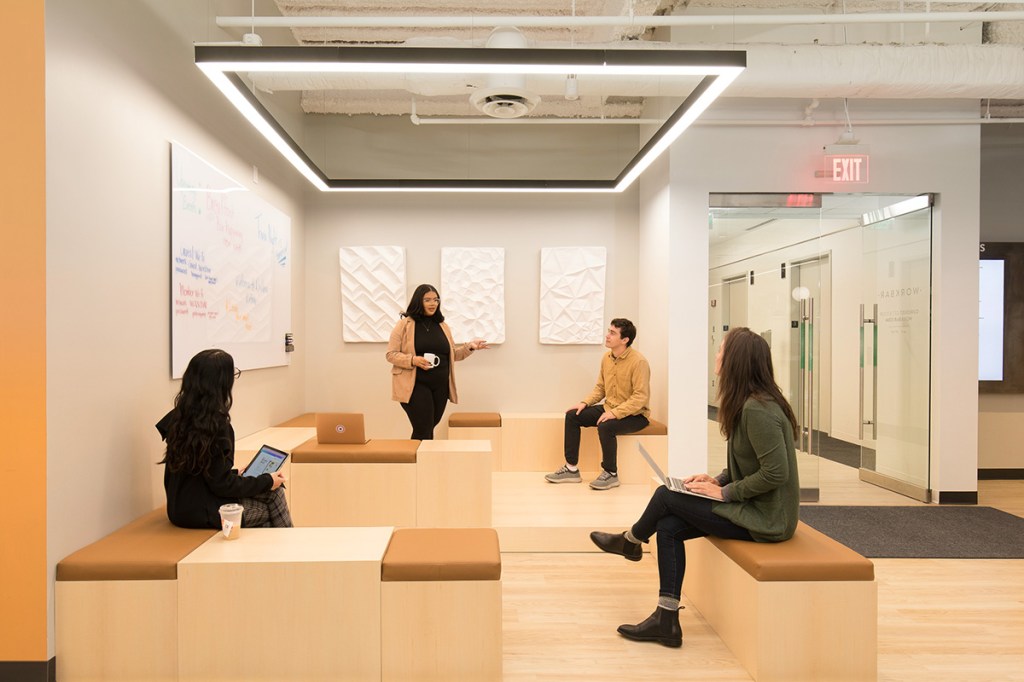
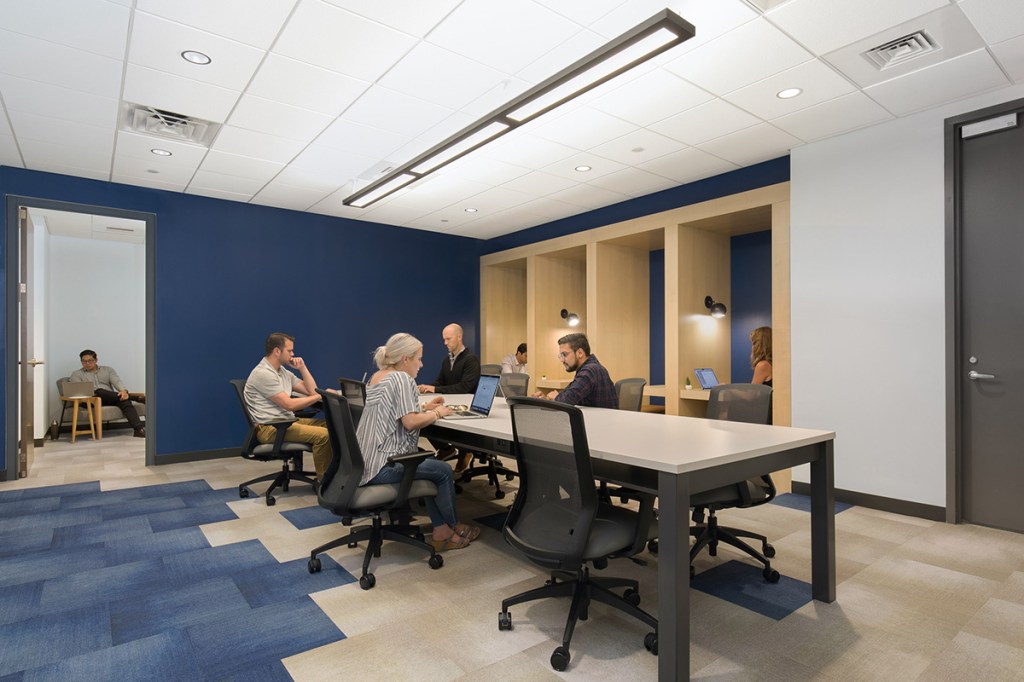
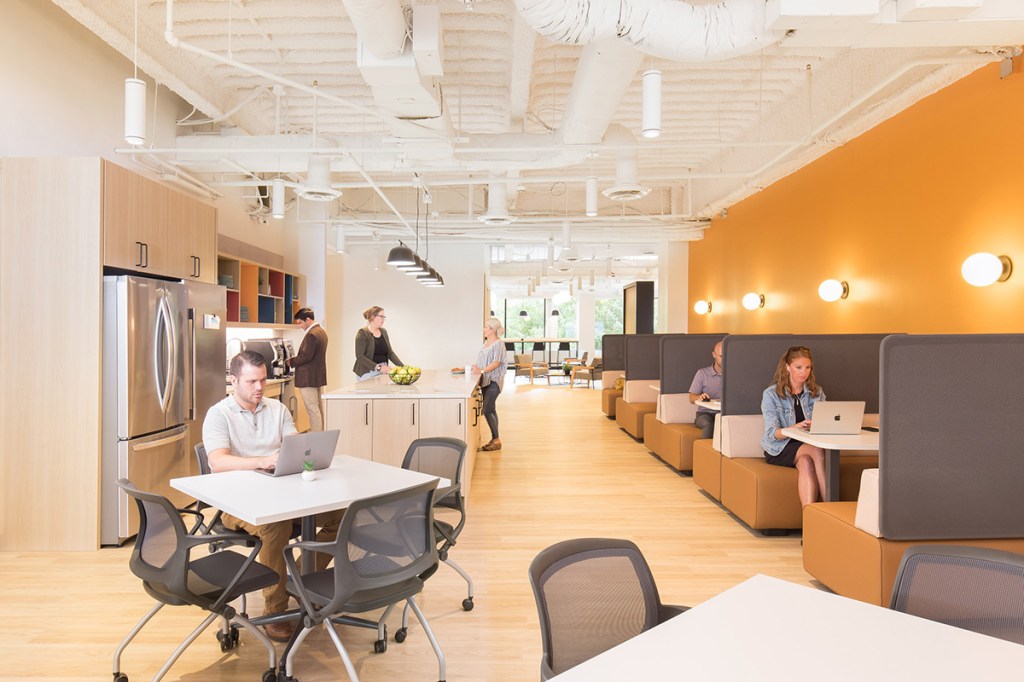
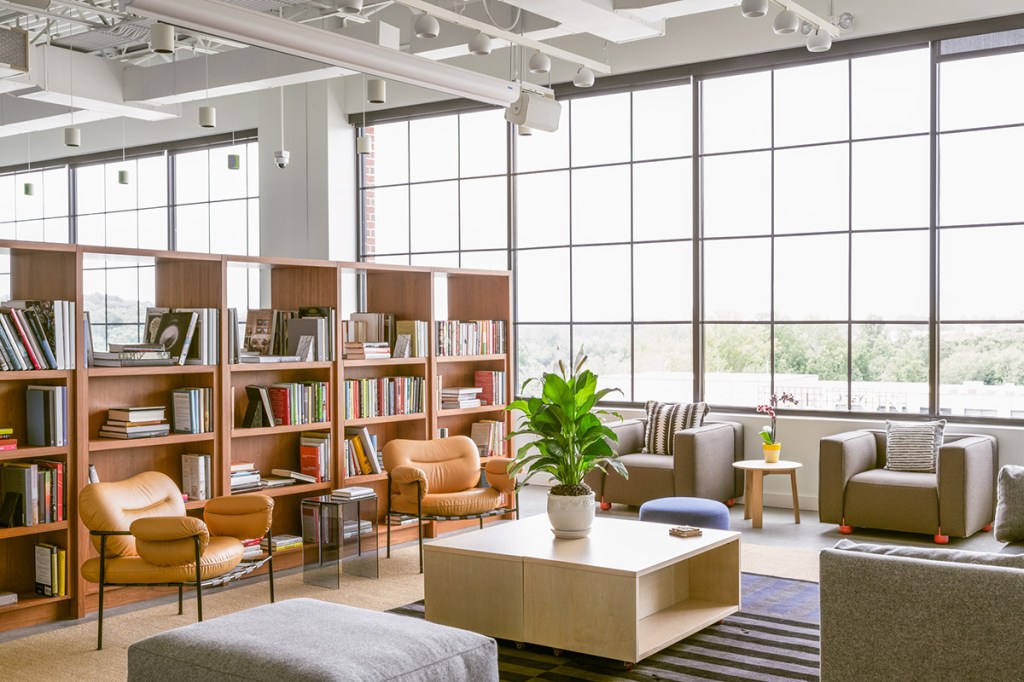
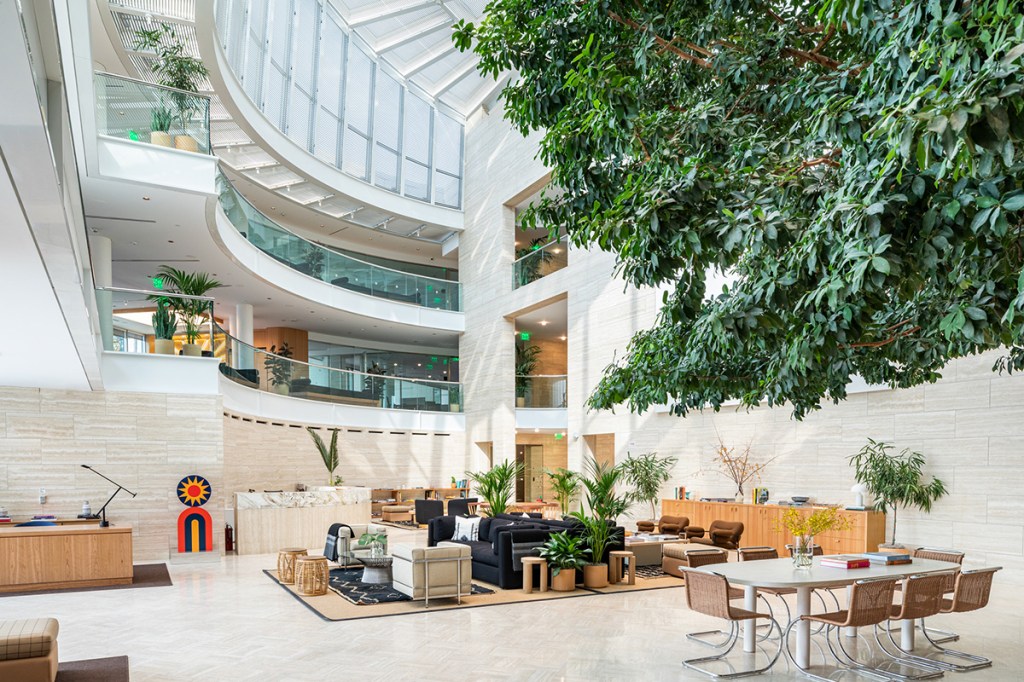
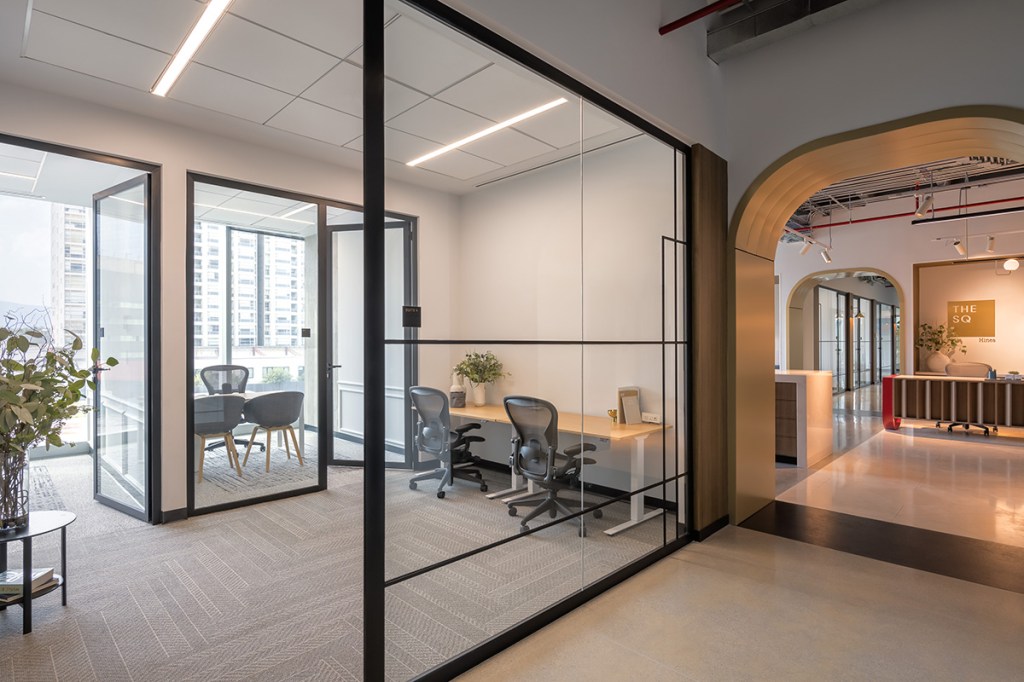
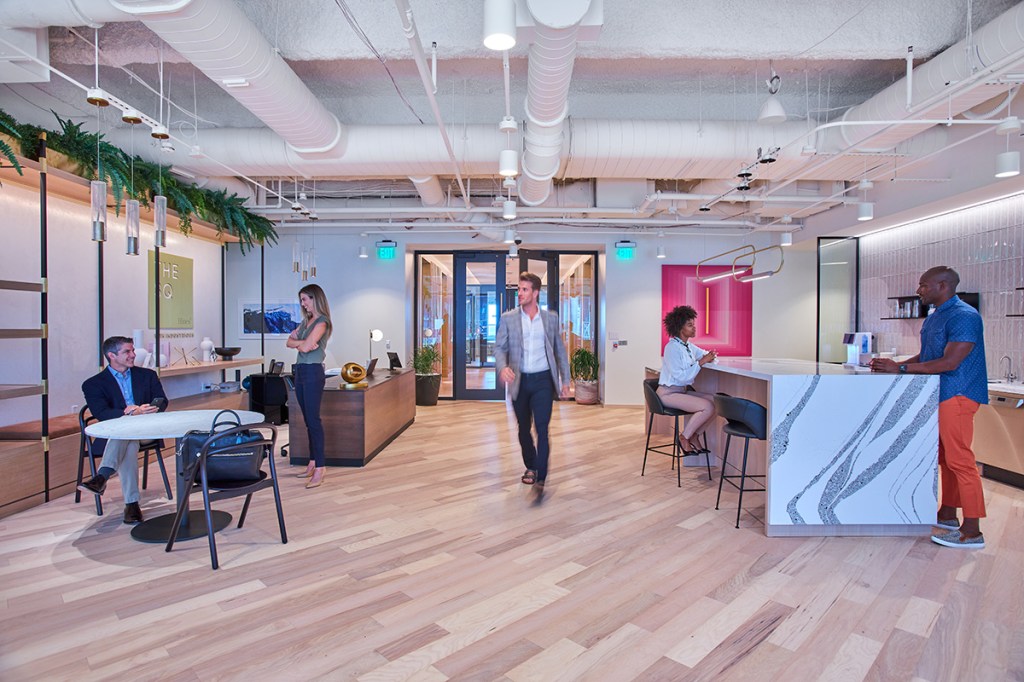
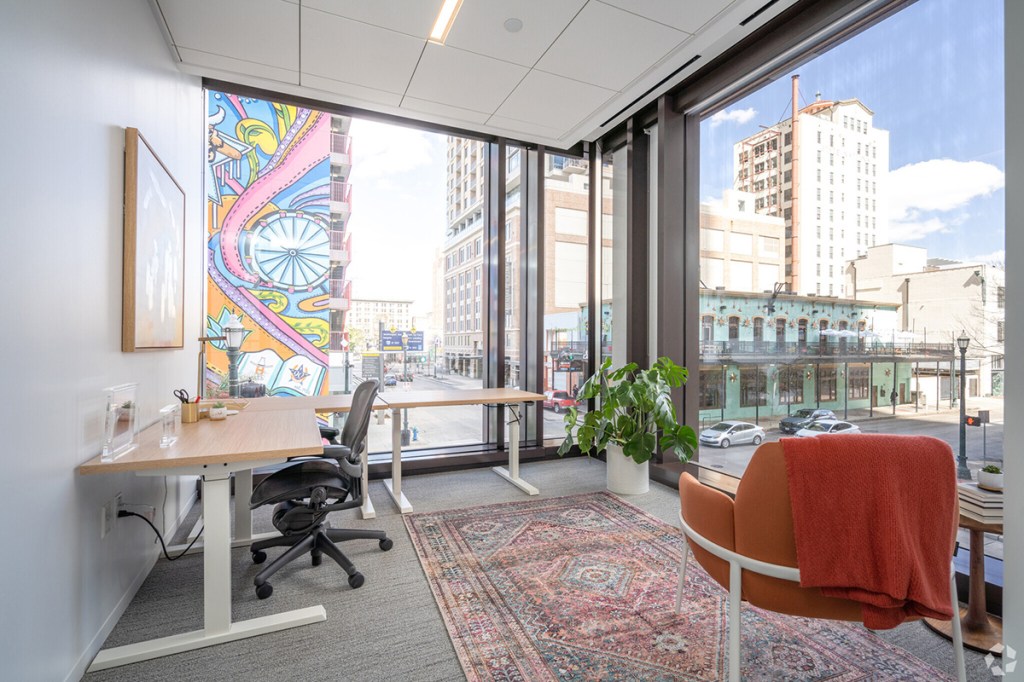
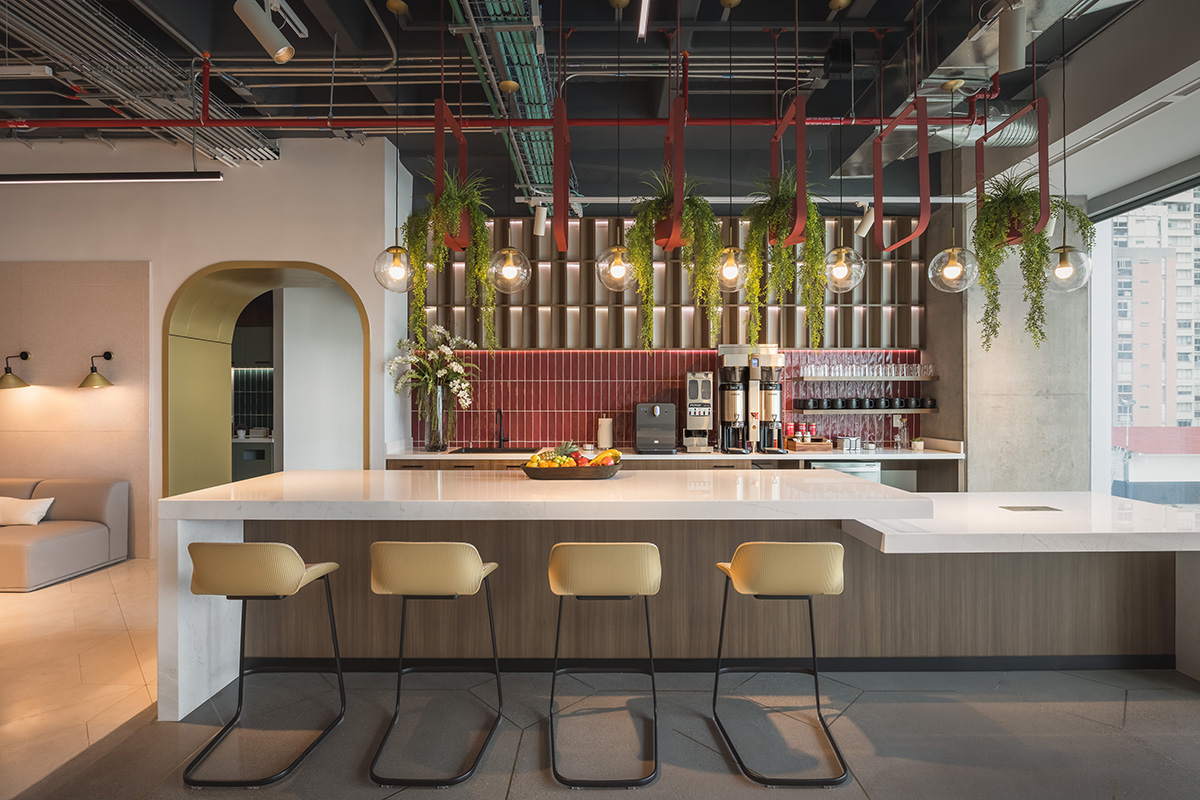






You must be logged in to post a comment.